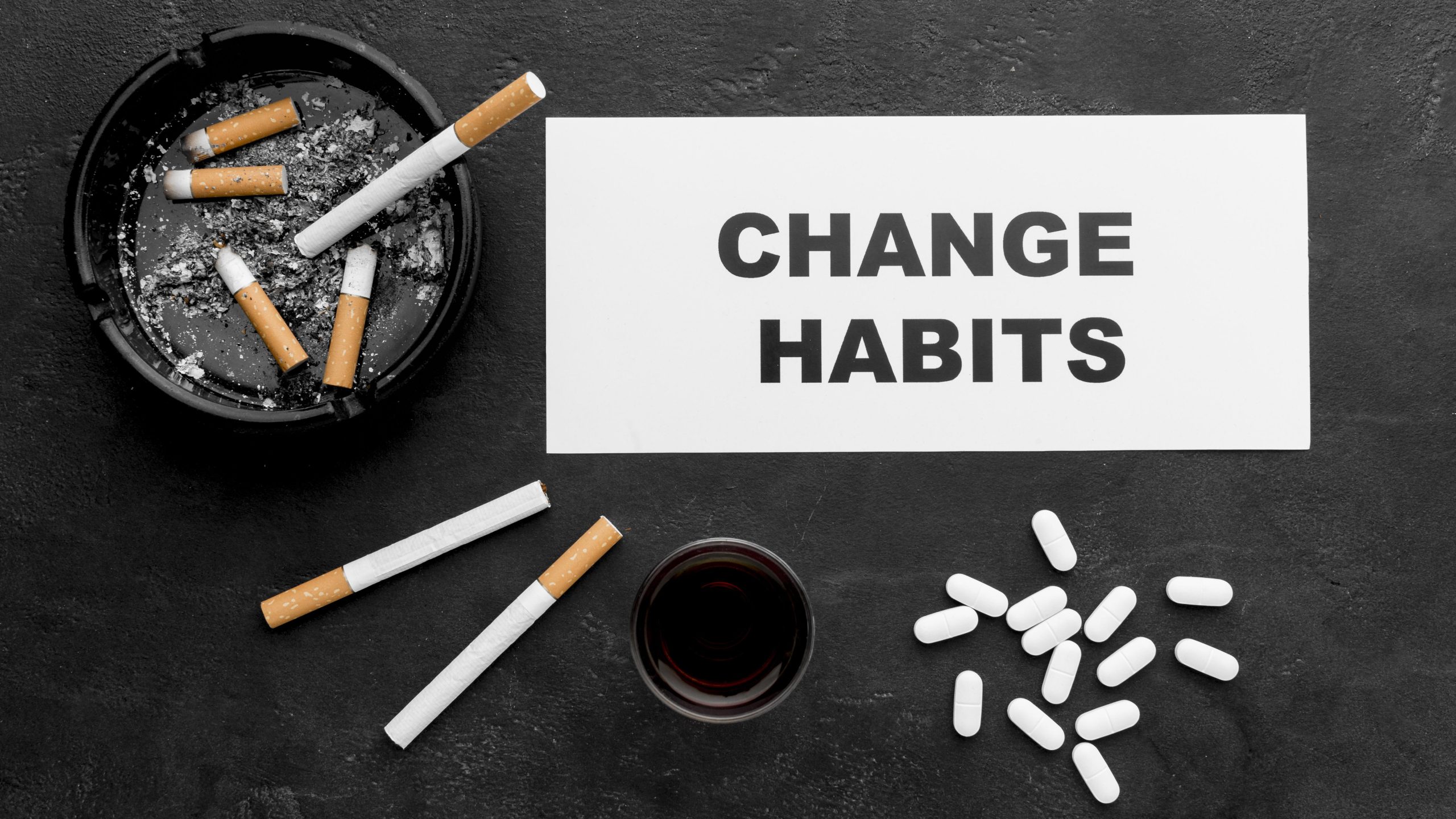Smoking is a major global health challenge, responsible for millions of deaths every year. While the harm caused by active smoking is well-documented, passive smoking—or secondhand smoke exposure—is equally alarming, as it silently endangers those who don’t even smoke. Both active and passive smoking have dire consequences for public health, with the potential to affect almost every organ in the body.
This blog explores the realities of active and passive smoking, their impact on health, and actionable steps to create a smoke-free environment. By spreading awareness, we can reduce the harmful effects of smoking and encourage healthier lifestyles for everyone.
What Is Active Smoking?
Active smoking refers to the act of directly inhaling tobacco smoke. This is commonly done through cigarettes, cigars, pipes, or even electronic cigarettes. When a person actively smokes, they inhale thousands of chemicals, including harmful substances like tar, nicotine, carbon monoxide, and formaldehyde. These chemicals contribute to severe health conditions over time.
Smoking is not just a habit—it is a powerful addiction. The presence of nicotine in tobacco makes it extremely difficult to quit, as it creates both physical and psychological dependence.
Health Impacts of Active Smoking
Active smoking is directly responsible for a range of health problems that develop over time due to continuous exposure to toxic substances in tobacco products. These include:
- Cancer: Smoking is the leading cause of lung cancer, responsible for over 80% of cases worldwide. It also increases the risk of cancers in the mouth, throat, esophagus, stomach, pancreas, and bladder.
- Heart and Cardiovascular Diseases: Smoking damages blood vessels, increases blood pressure, and raises the risk of heart attacks and strokes.
- Respiratory Illnesses: Chronic obstructive pulmonary disease (COPD), bronchitis, and emphysema are common among smokers, making breathing difficult over time.
- Weakened Immune System: Smokers are more prone to infections and slower recovery due to weakened immunity.
- Reproductive Health Issues: Smoking reduces fertility in both men and women and increases complications during pregnancy.
- Premature Aging: Smoking accelerates skin aging, leading to wrinkles and dullness at an early age.
Quitting smoking can significantly improve health, but the sooner a person quits, the greater the benefits.
What Is Passive Smoking?
Passive smoking, also known as secondhand smoke exposure, occurs when non-smokers breathe in smoke exhaled by active smokers or emitted from burning tobacco products. Passive smoking is not a lesser evil—it contains the same toxic chemicals found in direct smoking and is responsible for many preventable diseases.
Secondhand smoke can linger in the air for hours, and even brief exposure can harm individuals, especially vulnerable groups like children, pregnant women, and the elderly. What’s worse, the risks of passive smoking extend beyond immediate health concerns to long-term complications.
Health Impacts of Passive Smoking
Passive smoking poses significant health risks, even though the person is not actively smoking. These risks include:
- Increased Risk of Lung Cancer: Non-smokers exposed to secondhand smoke have a 20–30% higher chance of developing lung cancer.
- Cardiovascular Problems: Passive smoking contributes to heart disease by damaging blood vessels and increasing blood pressure in non-smokers.
- Respiratory Illnesses in Children: Children exposed to secondhand smoke are more likely to develop asthma, pneumonia, bronchitis, and frequent ear infections.
- Pregnancy Risks: Pregnant women exposed to passive smoke are at risk of complications such as premature birth, low birth weight, and developmental delays in the baby.
- Sudden Infant Death Syndrome (SIDS): Infants exposed to smoke are at a higher risk of sudden unexplained deaths.
- Weakened Lung Development: In children, passive smoking can lead to impaired lung function and increased risk of lifelong respiratory issues.
The Silent Threat of Thirdhand Smoke
Beyond active and passive smoking, there’s an even less-discussed risk: thirdhand smoke. This refers to the toxic residues left on surfaces like furniture, walls, clothing, and hair after tobacco is smoked. Thirdhand smoke can remain for days or even weeks, continuing to expose people—especially children—to harmful chemicals.
For example, when a child touches furniture contaminated with thirdhand smoke and then puts their hands in their mouth, they inadvertently ingest toxins. Pregnant women and infants are particularly vulnerable to these hidden dangers.
Comparing the Risks of Active and Passive Smoking
While active smoking directly exposes smokers to high concentrations of harmful chemicals, passive smoking places non-smokers at risk even without direct contact with tobacco products. Passive smokers are particularly vulnerable because they often have little control over their exposure, especially in public spaces or shared homes.
For active smokers, the health damage is cumulative and often more severe, but passive smoking is no less harmful, especially for children and pregnant women. The only way to fully protect yourself and others is by eliminating exposure to smoke entirely.
How to Reduce the Harm from Active and Passive Smoking
For Active Smokers
- Quit Smoking: Seek professional help or join a cessation program. Quitting reduces your health risks almost immediately.
- Avoid Smoking Indoors: Never smoke in enclosed spaces like your home or car to protect others from secondhand smoke.
- Educate Yourself: Learn about the harmful effects of smoking on your health and the health of those around you.
- Use Alternatives During Quitting: Nicotine patches, gums, or counseling can make the quitting process easier.
For Passive Smokers
- Create Smoke-Free Environments: Advocate for smoke-free zones at home, in the workplace, and in public areas.
- Talk to Smokers: Politely request that smokers avoid smoking near you or your family.
- Use Air Purifiers: Install air purifiers to minimize exposure to airborne toxins.
- Educate Children: Teach children about the dangers of passive smoking and how to avoid exposure.
The Importance of Public Awareness
Governments and organizations worldwide are taking steps to reduce both active and passive smoking through awareness campaigns, stricter laws, and educational programs. Smoking bans in public places, higher taxes on tobacco, and the availability of quit-smoking resources are all part of these efforts.
However, awareness needs to start at the individual level. By educating ourselves and others about the dangers of smoking, we can make more informed decisions and help create a healthier society.
Final Thoughts
Smoking—whether active or passive—is a serious health hazard that affects millions of people globally. While active smokers bear the brunt of the damage, passive smokers and even non-smokers exposed to thirdhand smoke are at significant risk.
The good news is that it’s never too late to take action. Active smokers can quit and improve their health, while passive smokers can protect themselves and their loved ones by advocating for smoke-free environments. Together, we can work towards a smoke-free world and ensure a healthier, brighter future for generations to come.
Let’s create a smoke-free environment together! Share this to raise awareness about the dangers of smoking and help protect your loved ones from its harmful effects. Remember, every small step counts in building a healthier future.




